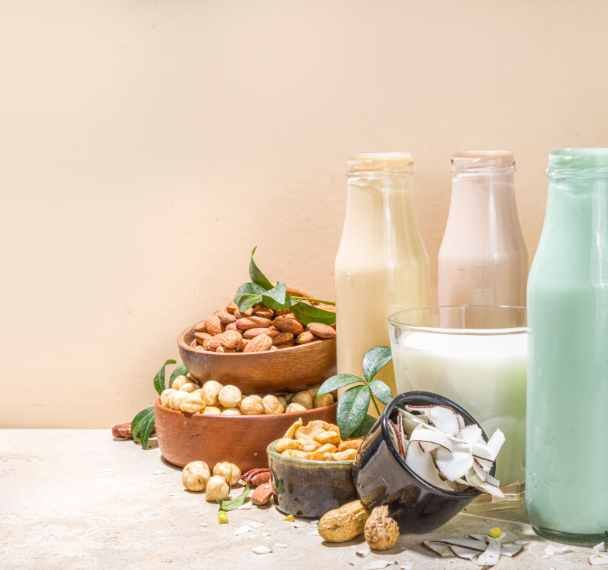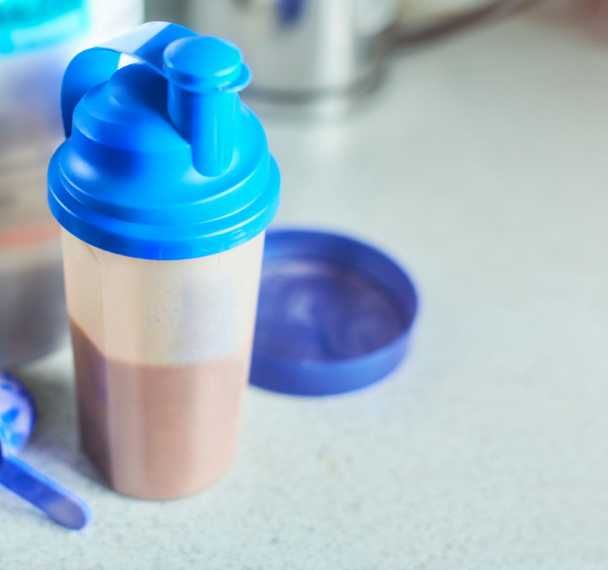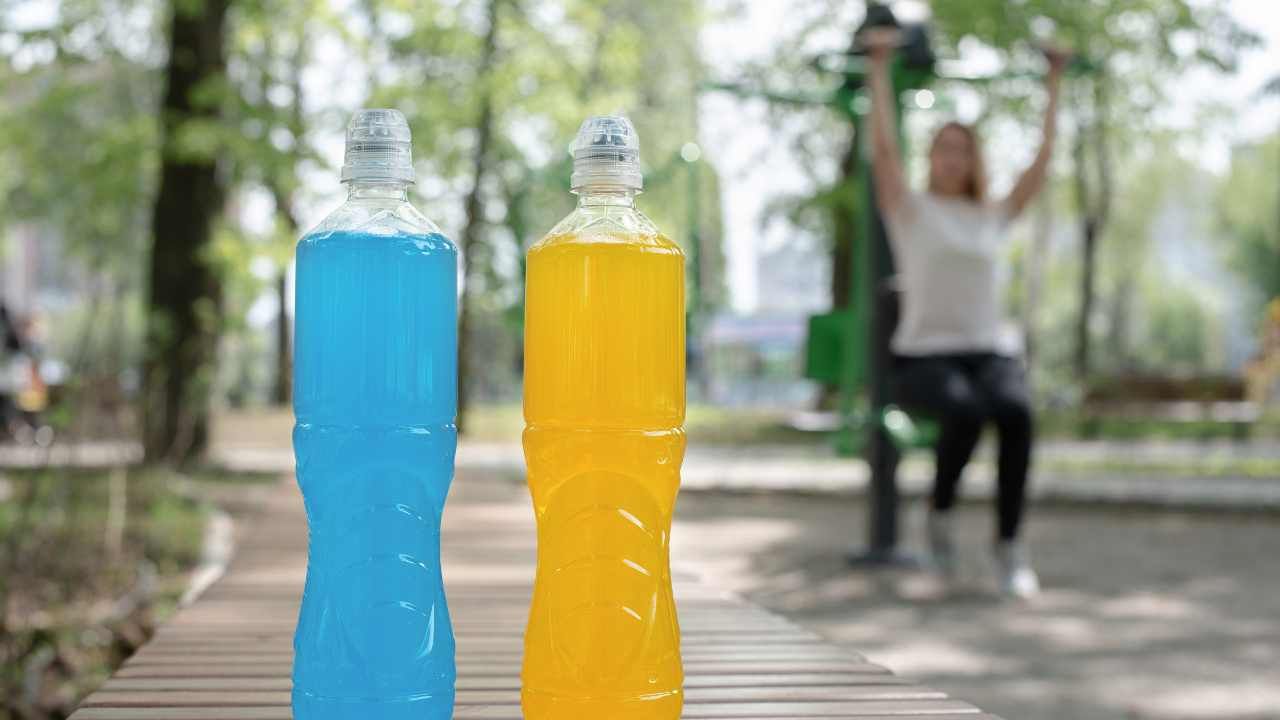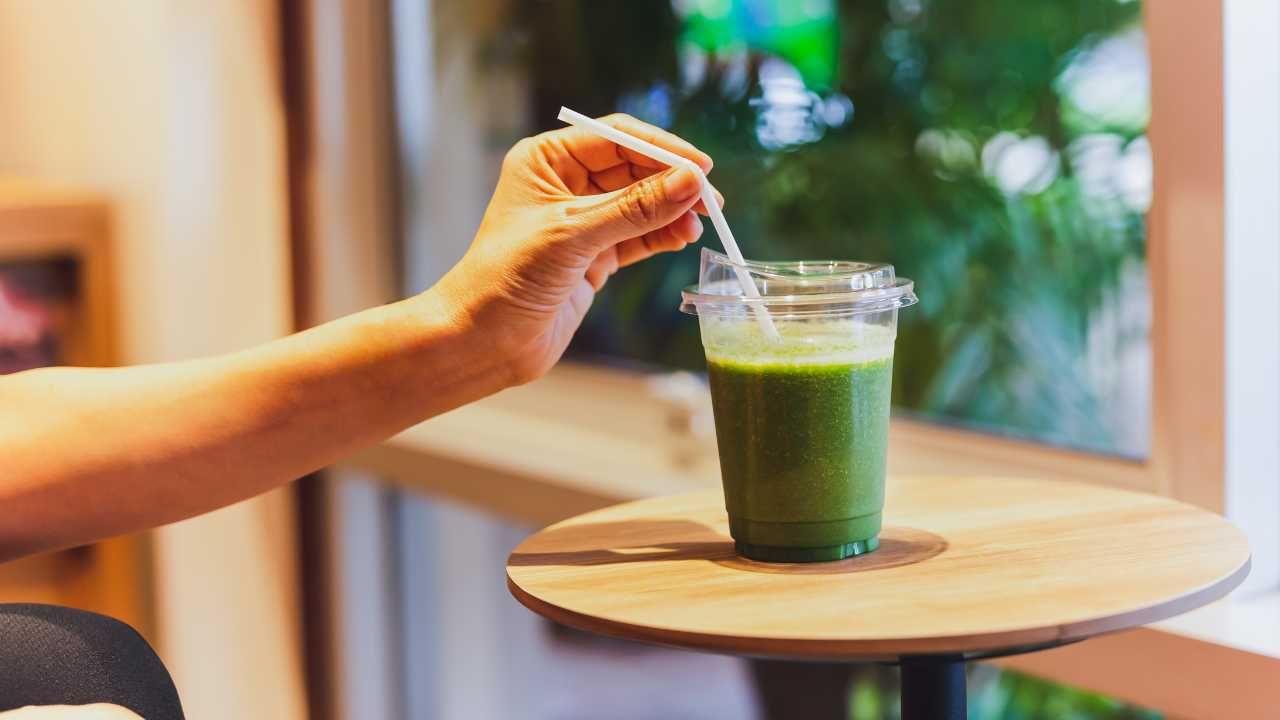Unveiling the Secrets Behind Colour Degradation in Food Products
Aug 29, 2023
Introduction
Colours play a vital role in the food and beverage industry, influencing the way we choose, perceive and enjoy products. From vibrant candies to colourful juices, they add visual appeal and help convey information about flavour and taste.
However, there is a growing concern regarding the safety and use of artificial food colours, leading to an increased demand from consumers for natural and plant-based alternatives.
In this blog post, we will explore colours, examining their types, pigments, and the factors that affect them. Additionally, we will provide you with tips to maximise the efficiency of your future projects using colours.
Different types of food colours

Colour regulations are continuously reviewed and updated and vary across countries. In this blog post we will only refer to the European legislations General Food law EC (178/2002); Food additives EC (1333/2008) also followed by the UK.
The legislation distinguishes between food colour and colouring food.
Food Colour
A food colour is classified as such when its pigments have been selectively extracted, typically with solvents, and are therefore considered to no longer retain the essential characteristics of food.
Food colours can be natural or artificial and are categorised as food additives with E numbers. Some food colours have maximum dosages.
Colouring Food
A colour can be classified as a colouring food when its pigments have not been selectively extracted and retain the same ratio of constituents as the starting product.
They are also defined as food with colouring properties, are natural, and are categorised as a food ingredient in the legislation. They would be labelled as such on product packaging.
Colouring food is a more sustainable option compared to natural food colours because it utilises every part of the food source, including pips and skin, leaving no waste behind.
The European Food Safety Authority (EFSA) decision to ban further artificial colours and the increasing demand from consumers for natural food colours are presenting challenges to the industry, but also driving innovations to replace artificial colours.
Plant-based alternatives such as butterfly pea are showing promising results, although they are not yet approved by EU authorities.
Additionally, there is a growing push for sustainability, transparency, provenance, and organic certification.
Colouring foods are specially designed and developed to easily achieve natural colours with consistent intensity and hue. This cannot be achieved with regular food or preparations like fruit and vegetable juice concentrates, as they are not typically standardised for colour.
Main colour pigments
Anthocyanin pigments are typically soluble in water and their hue can vary from yellow to red, purple, or a vibrant blue at higher pH levels. These pigments are present in vegetables such as black carrots, purple potatoes, red cabbage, and red radishes.
Carotenoid pigments are typically not soluble in water. These pigments can range in colour from vibrant yellow to red-orange. Examples of foods that contain carotenoids include certain types of pumpkins and various varieties of orange carrots.
Other pigments:
Betanin pigments, which can be found in red beetroot, provide a red colour hue.
Curcuminoid pigments, found in curcumin, provide a yellow/orange colour hue.
Phycocyanin pigments are present in spirulina algae and provide a blue colour hue.
Safflomin A pigments, found in safflower petals, provide a yellow hue. Safflomin A is one of the most stable and expensive pigments as it is not light-sensitive and not pH-sensitive.
The combination of Phycocyanin and Safflomin A pigments, using spirulina algae and safflower petals, provides a green hue.
Factors affecting colours

Food colour and colouring food are commonly used to enhance and standardise the colour intensity.
The stability of the colour depends on various factors that should be considered when selecting the appropriate pigment, especially when dealing with natural food colours and colouring foods.
The pigment must remain stable against oxidation, heat, shear force, and other degradation reactions during production, storage, and shelf-life.
Additionally, it is crucial for all colours to comply with legal requirements, which may vary depending on the target markets.
Parameters to consider when selecting colours:
pH
A low pH can negatively impact product stability. It can accelerate degradation processes, alter colour, and significantly reduce shelf-life. Certain pigments have a specific pH range for stability:
Anthocyanins: have a high pH dependency and are more stable at lower pH levels, with the ideal pH being less than 4.
Betanin: also has a high pH dependency and performs best within the pH range of 4 to 6, outside of which stability may be compromised.
Curcuminoid, Carotenoid and Safflomin A are not affected by pH levels.
Other ingredients
SO2 degrades anthocyanins as they are highly pH dependent. Meanwhile, Vitamin C (Ascorbic acid) and quinine can also lead to the degradation of anthocyanin pigments and can lead to juice browning.
However, as an antioxidant, ascorbic acid can help protect carotenoids and betanin pigments from oxidation, resulting in a brighter shade.
Process
Heat treatment and processing methods such as UHT, pasteurisation, oven baking or extrusion can cause the colours to fade. Some beverage companies opt for flash-pasteurisation to minimise colour degradation.
Additionally, when mixing and whisking, incorporating more air into the mixture will result in a lighter colour that is also more prone to oxidation.
Packaging
A packaging with a window will quickly degrade light-sensitive pigments. The type of packaging material, such as a can, clear glass bottle, green glass bottle, or type of plastic, as well as the type of cap (e.g., sport cap, crown cap, screw cap), can affect the colours.
Among these, a can is the best option as it has no headspace, no exposure to light, and is airtight. A crown cap is more airtight compared to a screw cap. Glass is preferable as it prevents oxygen permeation, unlike plastic which is more porous.
When it comes to the label and positioning, a larger label is better to minimise light exposure that can degrade pigments. Additionally, the choice between a transparent label and a dark label is also important to consider.
Storage and distribution
What materials you use is also important, e.g. using pallets, cardboard, UV wrap, or non-UV wrap will all have a significant impact.
Additionally, storage temperature, such as being in a hot area or a freezer, can fade the colours.
Background colour
Another important factor to consider is the colour of your base. For example, buttercream will have a yellow hue compared to fondant icing with a white hue.
This difference in hue will impact the shade and tone of the pigment you add to the base.
Tips
Here are some tips to enhance the efficiency of your future projects using colours.
Decision tree
A decision tree is a tool that meticulously maps every factor, including potential ingredient interactions, process degradation, packaging, storage, and distribution, which can positively or negatively impact the colour delivery of your product.
It is crucial to determine what you know and don't know about your current or future product. Conduct thorough research to gain a comprehensive understanding of the product and make informed, science-based decisions. For instance, consider the cost, appearance, and taste implications of each choice.
This approach is the most efficient way to design and select suitable colours (and also flavours). While it may require some time upfront, it will prevent wasted time later in your project.
Tips
To maximise the benefits of working with colour suppliers, involve them early in your project, including them on your journey. Their invaluable insights can guide you and prevent wasted time with incompatible colours for your product.
Reach out to them with a comprehensive brief, providing as much information as possible using the decision tree tool mentioned earlier and send them your base, pre-mixes or ingredients to minimise errors and adjustments.
Lastly, consider colour decisions well in advance, rather than addressing them at the end of the project.
Conclusion
The ban on further artificial food colours and the growing demand for natural and plant-based alternatives have pushed the colouring industry to research and innovate. Colouring foods offer excellent alternatives to natural and artificial food colours, but they require careful consideration.
To make informed decisions and select the most suitable colours for your products, it is essential to understand the factors that can degrade colours and affect product stability. These factors include pH levels, processing methods, packaging, and storage conditions.
Using a decision tree and involving colour suppliers early in your project can help streamline the selection process, gain invaluable insights, improve communication, and save time on your projects.
Link to related blogs you may enjoy
🔶Flavourings Unwrapped: What is a flavouring?
🔶Natural vs. Non-Natural Flavours: A Comprehensive Guide
🔶What You Need to Know Before Using Flavourings
References
Previous experience where I received comprehensive colour trainings.
European legislations, General Food law EC (178/2002) https://food.ec.europa.eu/horizontal-topics/general-food-law_en
FSA, General food law UK https://www.food.gov.uk/business-guidance/general-food-law
European legislations, Food additives EC (1333/2008) https://eur-lex.europa.eu/eli/reg/2008/1333/oj
EFSA, Food colours https://www.efsa.europa.eu/en/topics/topic/food-colours
Reinhold Carle, Ralf M. Schweiggert, Food Color and Coloring Food: Quality, Differentiation and Regulatory Requirements in the European Union and the United States, Handbook on Natural Pigments in Food and Beverages, 2016, 3-27, https://www.sciencedirect.com/science/article/pii/B9780081003718000014
Food Ingredients First, Natural claims in in food colors drive consumers to bright and bold hues, 2021 https://www.foodingredientsfirst.com/news/customized-pigments-natural-claims-in-food-colors-drive-consumers-to-bright-and-bold-hues.html








